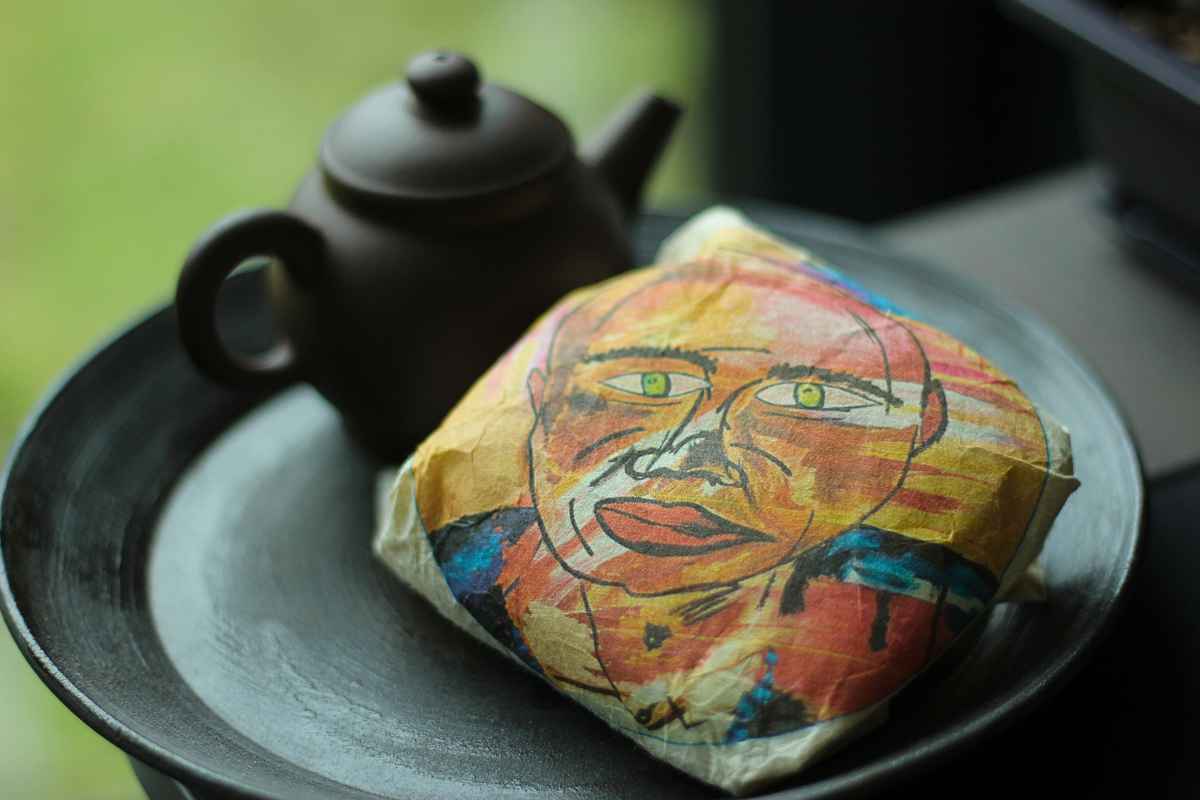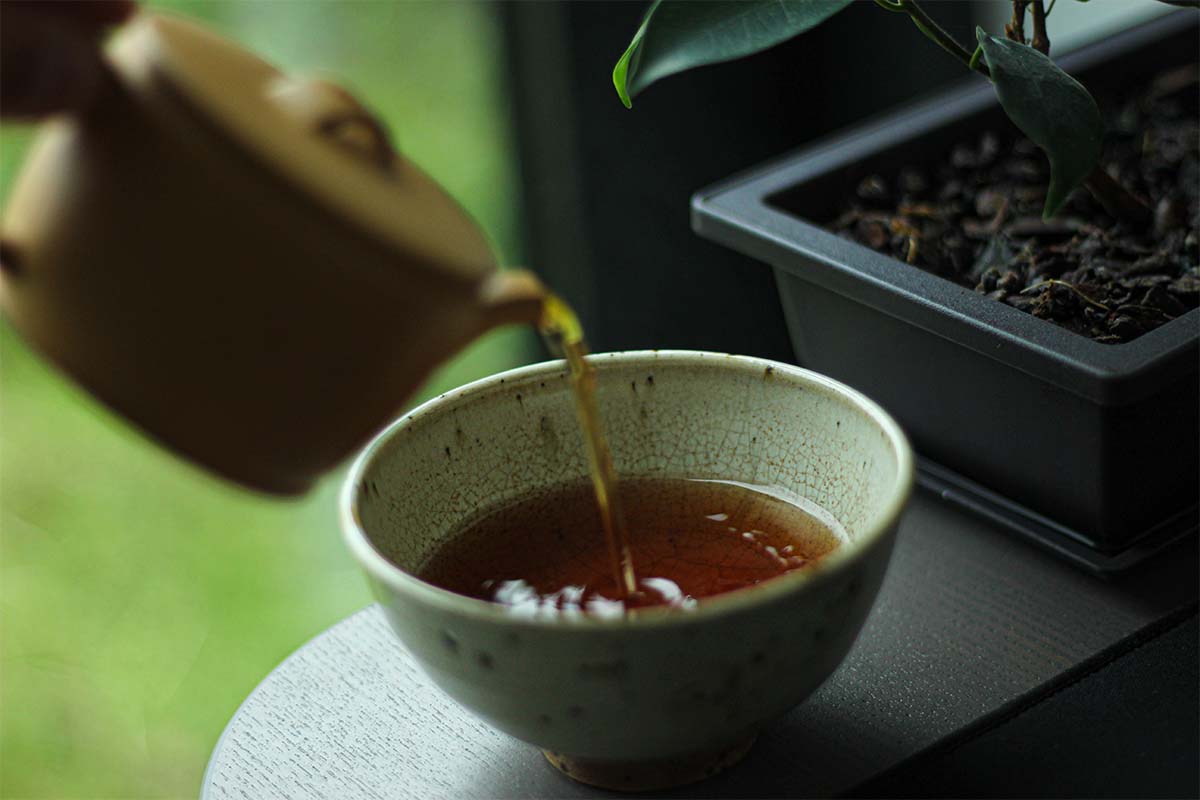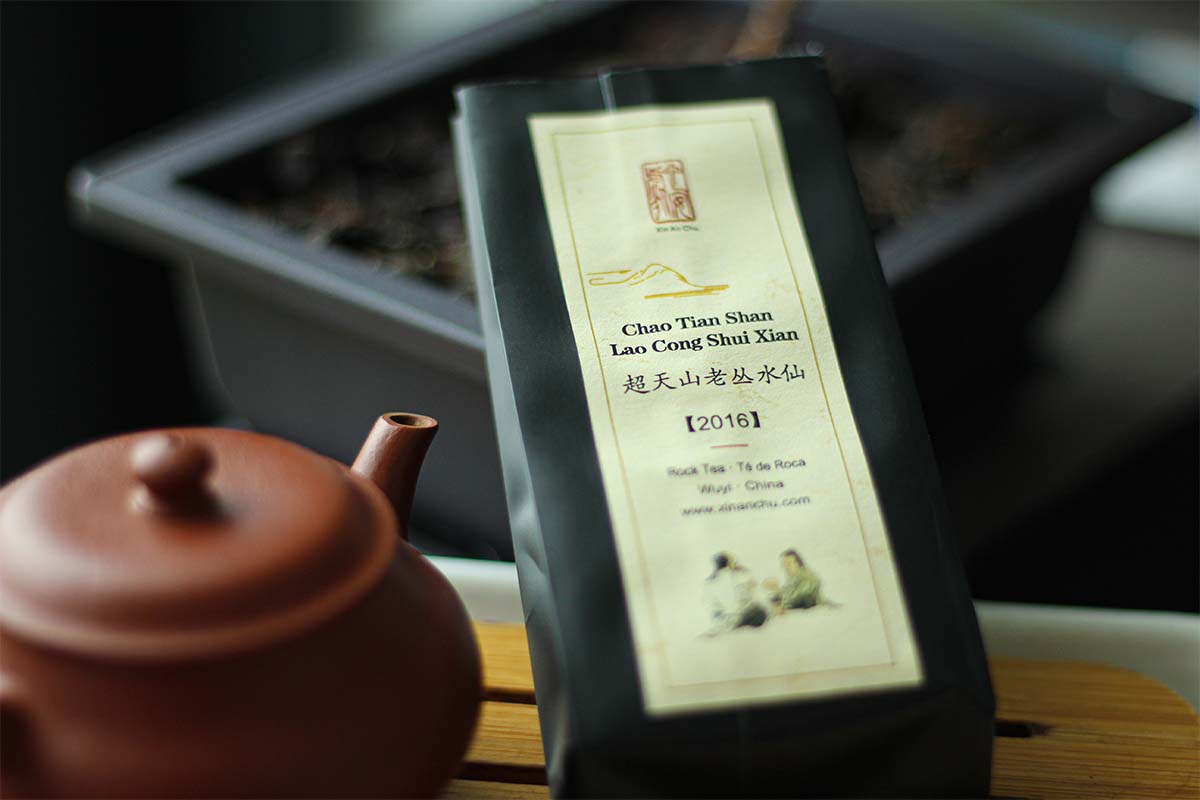If you’re getting into Yixing teapots, you might feel overwhelmed because of the many different kinds of teapots and different clays they are made of. This article gives a complete overview of what Duanni clay is and what teas you can use it for.
Duanni clay is an umbrella term for light or yellow-toned clay from the mines around Yixing. This clay is used to make teapots that absorb the harsh or smokey characteristics of some teas. Duanni teapots do a good job of retaining heat so they work well with teas that need hot temperatures.
Zisha teapots
Yixing (or zisha) teapots are made in a city called Yixing. This city is located in Jiangsu province and is seen as the teapot capital of the world because these teapots have a rich history and have been used to brew tea for centuries. Zisha teapots are made using a type of clay that is mined in areas close to Yixing.
Originally, most clay was mined in Yellow Dragon Mountain, which is known as Huang long Shan (黄龙山 in Chinese) and Blue-Green Dragon Mountain. These mines were closed due to excessive mining and the amount of clay that is mined there nowadays is very limited.

Don’t know where to buy tea online? I made a list of over 300 online tea shops and I keep updating it regularly. You can check it over here
The clay that is used to make these teapots is called purple clay (or zisha clay). There are three main families of Yixing clay: zisha/zini clay (purple clay), hongni clay (red clay), and duanni clay (grayish/yellow clay).
Keep in mind that zisha is used as an umbrella term to refer to all types of clay from Yixing, but it’s also a specific kind of Yixing clay. This might be confusing at first but keep in mind when reading about zisha teapots.
Duanni clay
What is Duanni clay?
Duanni clay (grayish/yellow clay) is a type of clay from the mines around Yixing. It’s one of the three main types of Yixing clay and it’s used as an umbrella term for a collection of clays that have a light or yellow-toned color after firing.
One major difference between duanni clay, zini clay, and hongni clay is that the iron oxide in duanni is lower than in the other two types of clay. The iron oxide in duanni is between 2% and 4%, while it’s around 7% in zini and around 10% in hongni.
Duanni clay has a relatively low shrinkage rate during firing, which is similar to zini clay. This means that it doesn’t shrink as much during firing. This is one of the reasons that duanni and zini teapots are usually a bit bigger and why they are usually in more complex shapes and styles.
Hongni teapots on the other hand have a higher shrinkage rate so hongni pots are usually simpler and smaller. If they were bigger and more complex, they would break more easily during firing.
The highest-quality clay was mined in Yellow Dragon Mountain and Blue-Green Dragon mountain, but those mines were closed because of excessive mining. There are other mines in the Yixing region that are still used today.
Varieties of Duanni clay
Duanni is an umbrella term for a wide variety of light-colored clays. The most common subtypes of duanni clay are: benshan duanni, benshan lüni (lüni is a greenish clay), and huangjin duan.
Benshan Duanni
Benshan duanni originally meant that it was duanni from the original mountain, which is huanglongshan. Nowadays, it’s also used to describe duanni clay that has a light and warm yellow color. This clay is usually a bit rougher and sandier.
Benshan Lüni
Lüni is a rare type of clay and translates as ‘green clay’. When this ore is mined and before processing, it has a green/grey color and it’s not that sandy when compared to benshan duanni.
After firing, benshan lüni teapots usually have a slightly colder yellow color that seems a bit faded.
Huangjin Duan
Huangjin duan is also called ‘golden duan’ because it has a golden color after firing. This is a rare type of duanni so keep that in mind when buying a teapot like this. Most huangjin duan teapots that are sold have other clays and/or pigments in them to change the color.
Best teas to brew in Duanni teapots
It’s difficult to give recommendations for specific teas because everyone’s taste is different and likes different things. In general, duanni clay teapots are more porous than zini and hongni teapots so they work well with teas that benefit from a bit more muting.
Shu pu-erh works well with duanni because this type of tea needs a lot of heat to extract everything out of the leaves and duanni does a good job of retaining heat. Smokey teas also tend to do well in duanni because the clay absorbs some of the unpleasant smokiness.
Keep in mind that there are no fixed rules and experimentation is key! Try and see what you like as every tea and teapot are different.




